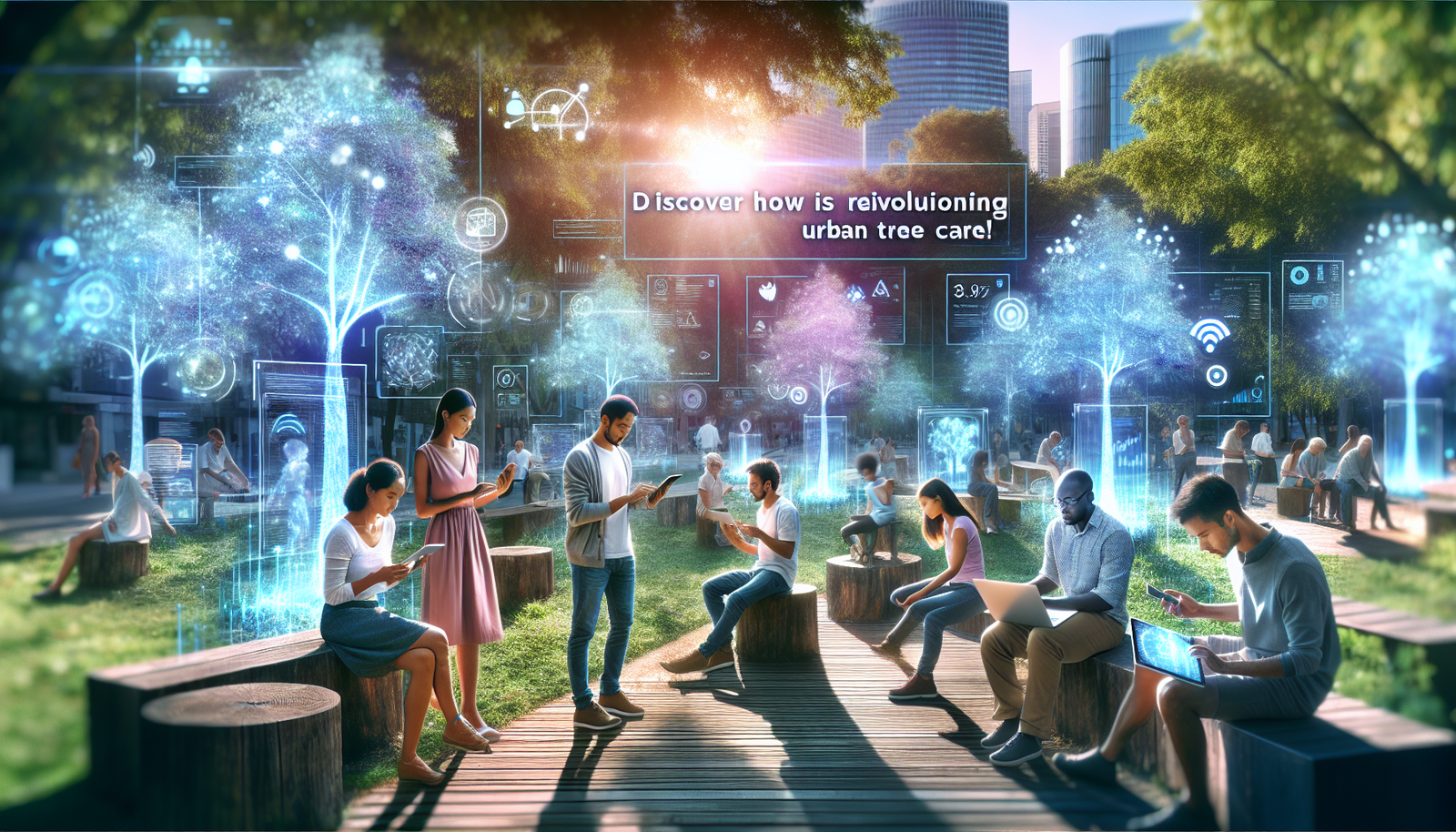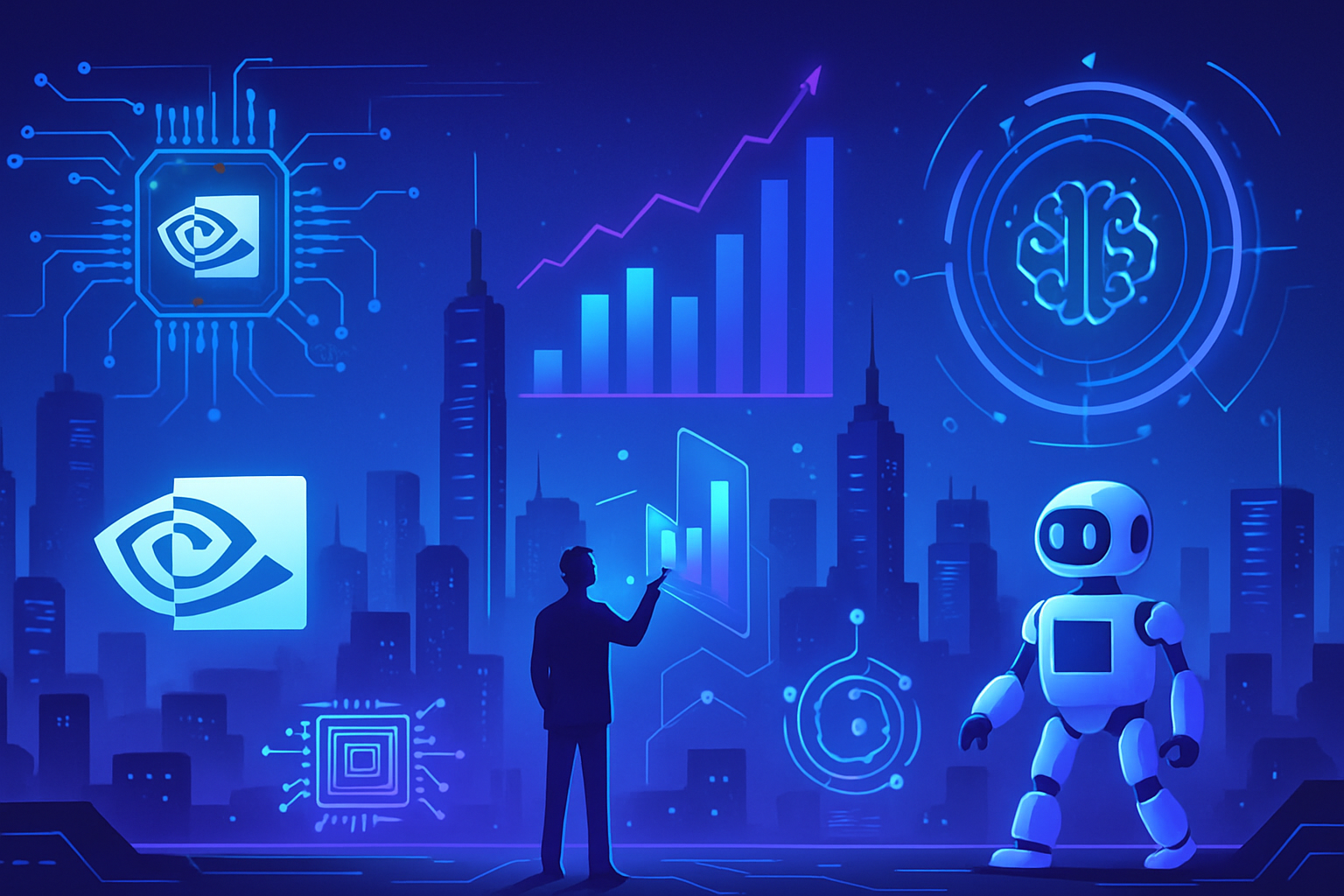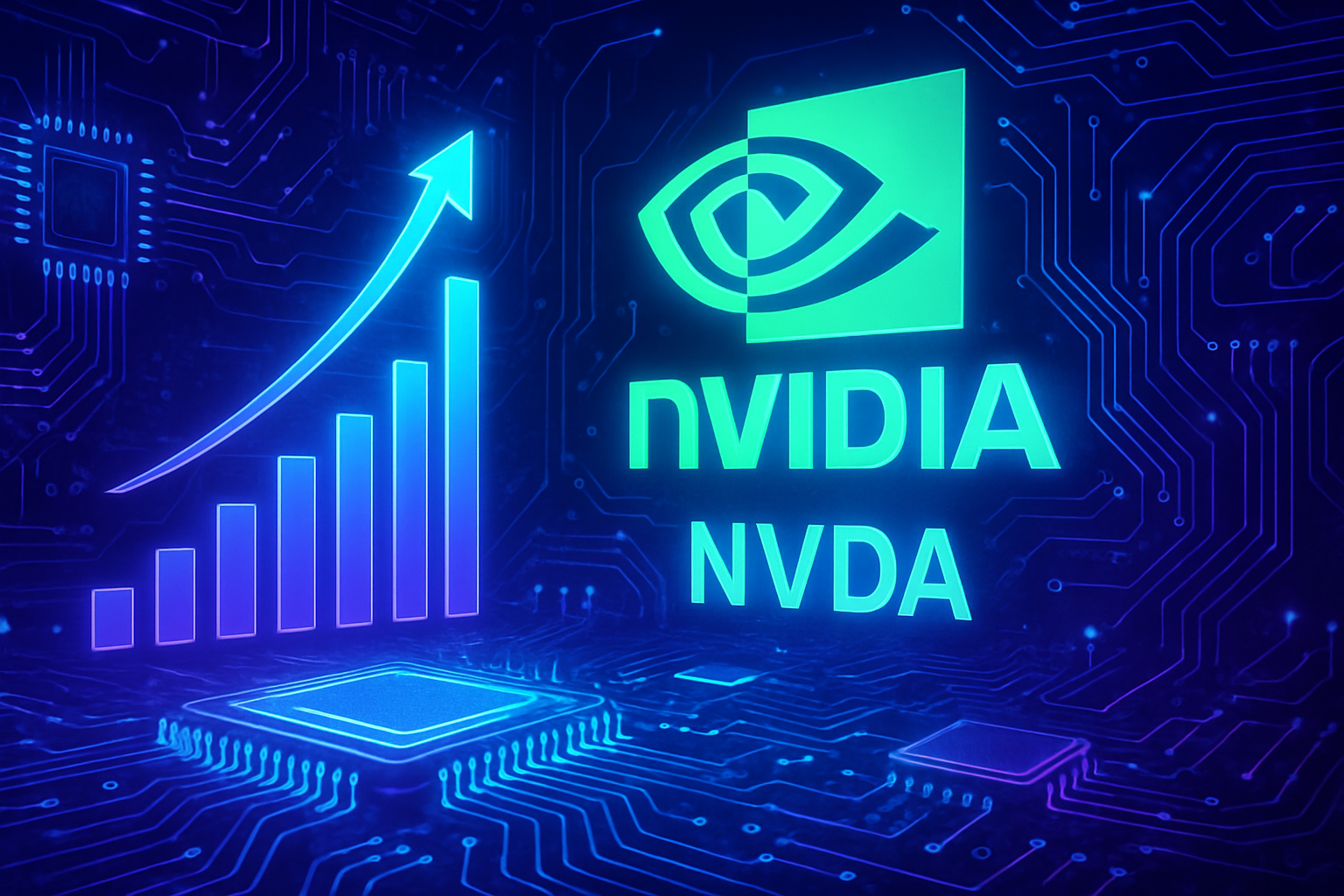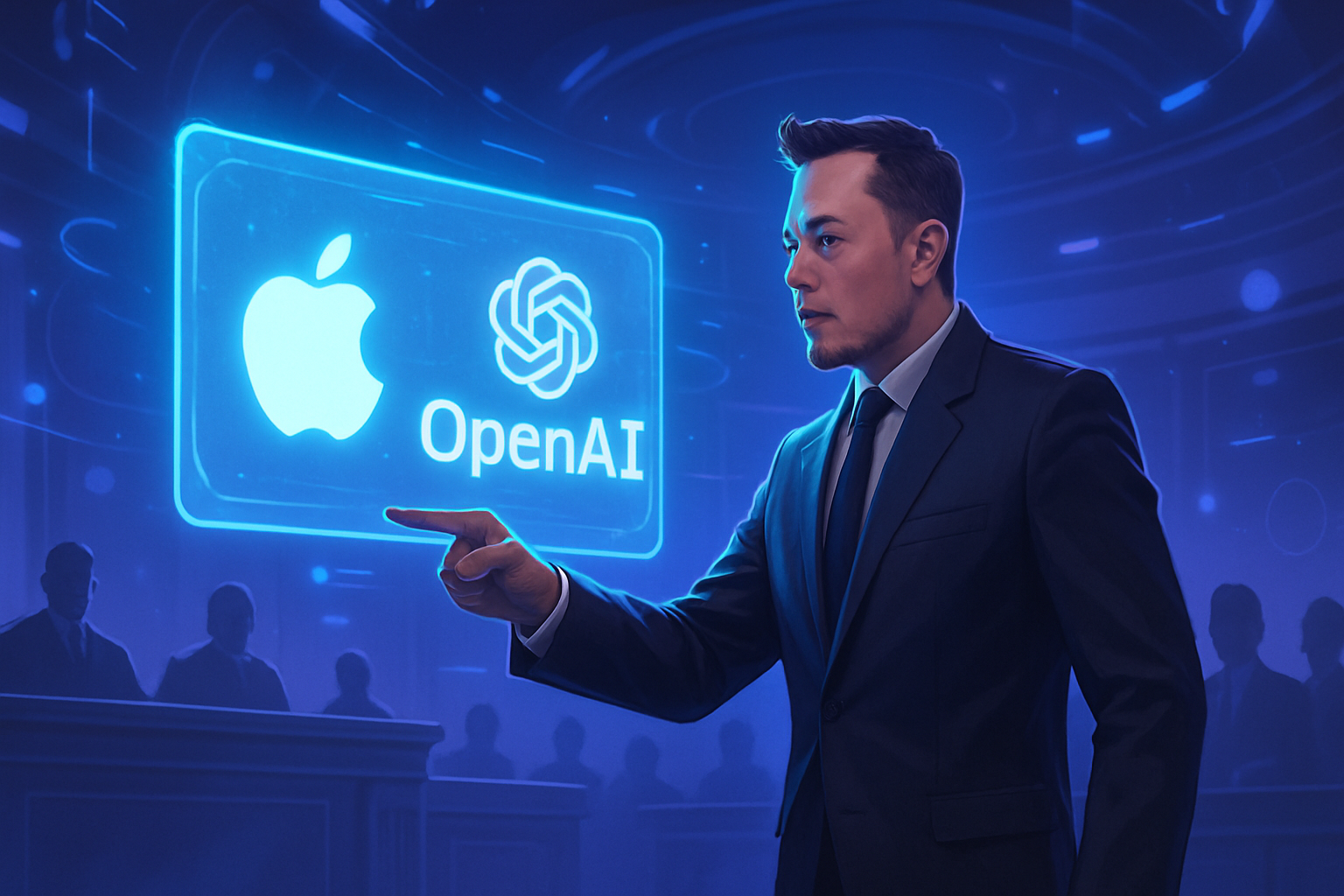Optimizing the management of urban trees relies on a deep understanding of their health and growth. Current environmental challenges, such as climate change and deforestation, necessitate the use of innovative technologies. Digital twins, combined with artificial intelligence, offer a revolutionary approach to monitoring and analyzing these ecosystems.
*Cities must anticipate the impact of trees on the environment.* Accurate tracking of trees significantly enhances urban quality of life. *Integrating these digital tools will ensure sustainable and proactive management.* These technological advancements enable informed decision-making for the future of urban green spaces.
Technology of digital twins
The management of urban trees is refined through digital twins, which transform the way cities monitor and maintain their tree assets. These virtual models provide a detailed representation of trees, integrating diverse data to anticipate their development and impact on the urban environment.
Innovative systems developed by researchers at MIT, Google, and Purdue University, such as Tree-D Fusion, leverage artificial intelligence to create realistic 3D models of urban trees. Data fusion improves the understanding of the local environment and the specific needs of trees in urban settings.
Practical applications for urban management
The practical applications of these technologies extend far beyond passive observation. Urban planners can use projections from digital twins to anticipate issues, such as branches that may interfere with power lines. Optimizing the arrangement of trees could provide beneficial effects on air quality and cooling in urban areas.
Advanced modeling and predictions
Each model is created from hybrid approaches, combining deep learning and traditional procedural models. These techniques enable realistic growth patterns to be simulated based on environmental conditions, including temperature variations and water availability. This modeling capability offers a new perspective on the long-term evolution of urban forests.
Synergy between monitoring and ecology
This continuous monitoring system provides a digital representation of urban forests, recording their evolution in real time. With this approach, scientists can observe how environmental stresses influence the health and growth of trees, creating a living heritage that is both responsive and preventive.
Equity and environmental justice
Digital twins also contribute to environmental justice by providing data on unequal access to green spaces within cities. Through projects like the one led by the Google AI for Nature team, disparities within socio-economic areas are revealed. The focus is on expanding tree coverage to benefit all citizens, regardless of their socio-economic background.
Technical challenges and future innovations
Challenges persist in computer vision systems, particularly due to the inherent flexibility of trees. The “entangled tree problem” illustrates the complexities when branches of multiple trees intertwine. Researchers are exploring new methods to improve the analysis of these complex structures, focusing their attention on platforms like iNaturalist and wildlife monitoring cameras.
The necessity to develop innovative approaches is therefore pressing, marking a significant step in the modeling process. Researchers are already envisioning an interconnected future where these technologies will be adapted on a global scale, promoting biodiversity and global sustainability.
Interdisciplinary collaboration
Collaboration between different stakeholders, such as ecologists and tree health experts, plays a crucial role in refining the models. Integrating multi-external data supports adaptive approaches to ensure that the expansion of green canopies benefits all urban communities, thus consolidating a framework for sustainability.
With the emergence of AI in tree management, cities can optimize their tree assets while providing a healthier environment for their residents. The transformative potential inherent in these technologies promises to revolutionize how urban forests are perceived and managed.
Frequently asked questions
How do digital twins improve tracking urban trees?
Digital twins allow for the creation of virtual representations of trees, integrating real-time data to monitor their health, growth, and environmental impact, thereby facilitating proactive interventions.
What is the role of AI in creating digital twins for trees?
Artificial intelligence analyzes complex data and generates accurate 3D models of trees while predicting their future development based on various environmental scenarios.
What types of data are used to create these digital twins?
Data includes satellite images, aerial surveys, IoT sensor data, and historical information regarding climate, tree health, and their urban environment.
Can digital twins assist in urban planning?
Yes, they provide urban planners with valuable information about optimal tree locations, water requirements, and how trees can interact with other urban infrastructures.
How do digital twins contribute to sustainability?
By facilitating proactive tree management, they help maximize the benefits of trees, such as reducing heat islands, improving air quality, and managing water resources.
Can digital twins provide real-time data?
Yes, thanks to integrated sensors and IoT technologies, digital twins can be continually updated, providing real-time information on the status of trees.
How are digital twins revolutionary compared to traditional tree monitoring?
They offer a dynamic and predictive approach, allowing for deeper analysis and quick decision-making, unlike traditional methods that are often reactive and based on manual inspections.
What challenges exist in implementing digital twins for urban trees?
Challenges include collecting accurate data, integrating technologies into existing systems, and the need to train staff to effectively use these new tools.
How can these digital twins promote equity in access to green spaces?
By identifying neighborhoods that lack vegetation and directing planting efforts, digital twins help ensure an equitable distribution of green resources throughout a city.






